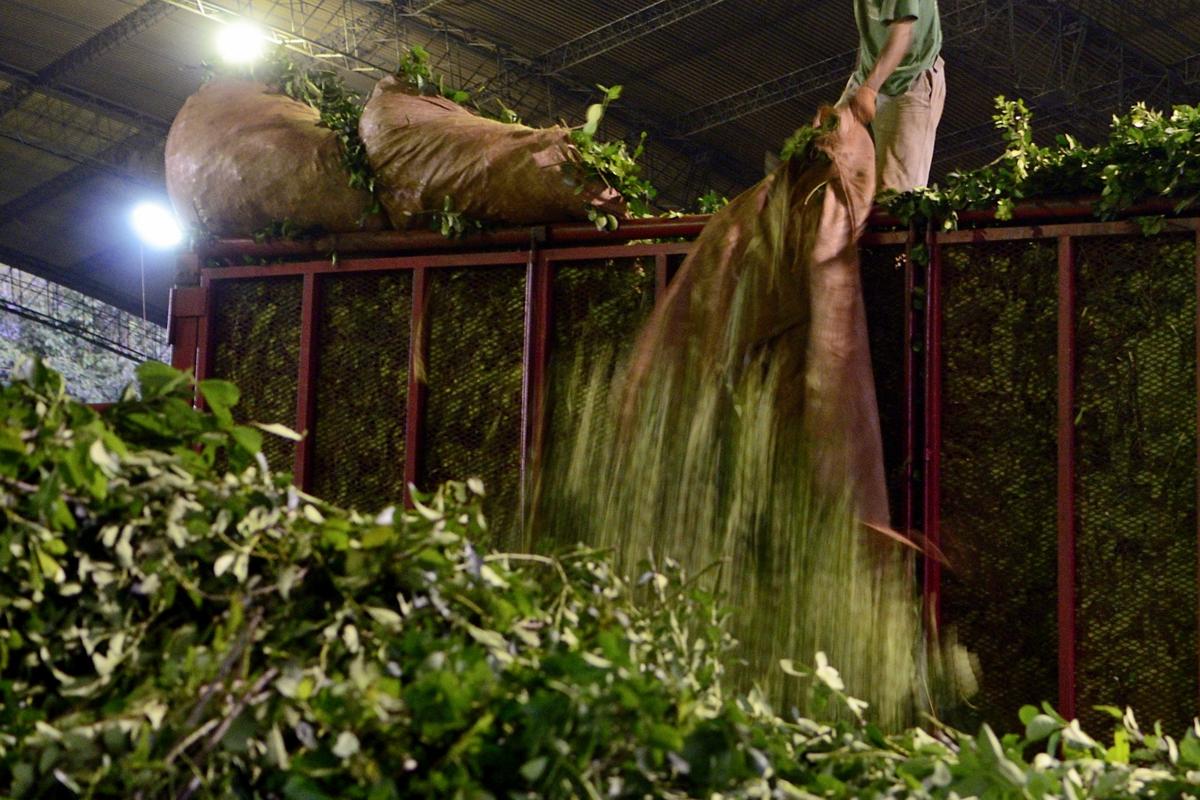National Institute of Yerba Mate issues a set of measures to limit yerba mate production in Argentina in order to save small producers, but not everyone in Argentina is happy about that.
“We intend that no one is left out and that the increase in productive potential is distributed among all producers. Each of them will be able to plant five hectares per year; both a small producer and a larger one”, stressed the president of the INYM, Juan José Szychowski.
With the aim of strengthening the sustainability of the yerba mate cultivation and harvesting, the board of directors of the INYM approved on June 17, 2021, a mechanism to guarantee the distribution and balance in future yerba mate plantations in Argentina, establishing that each Argentine producer enrolled in the Registry of Operators may incorporate a maximum of five hectares of new plantations per year.
The request referred to by the president of the INYM was presented on June 15, 2021. Through a note, the Argentine producers expressed their concern about the appearance of new operators who, with strong capital support, began to venture into production of yerba mate. “Large economic groups, many without any relation to the activity, have bought and planted large areas of yerba mate, distorting the social meaning that our activity has always had”, the signatory entities said.
The records show that out of 9,983 producers in Argentina, 6,471 deliver up to 60,000 kilos of green leaf per year; that is, they are small producers. “What we are looking for is to consolidate the roots of these farmers in their farms and an equitable distribution of the wealth generated in the activity of cultivating and harvesting yerba mate”, Szychowski explained.
To carry out the distribution of the new plantations, the INYM established a scheme of control in the field and penalties with which it will guarantee compliance with the standard.
The INYM (Instituto Nacional de la Yerba Mate) is a non-state entity that aims to promote, encourage and strengthen the development of the production, processing, industrialization, marketing and consumption of yerba mate in Argentina. It was created on February 21, 2002, with the approval of the Congress of the Argentine Nation after a great crisis of overproduction.
This is the first limitation issued by the Institute since its establishment, which comes in a questionable time — the yerba mate industry in Argentina faced serious supply shortage for the first time in more than 50 years, which forced Argentina to take an unprecedented step and import 31 million kilos of yerba canchada from Paraguay and Brazil in 2020, which is about 10% of the total yerba mate supply, both for domestic and international market, while as per the data provided by INYM themselves, the yerba mate consumption in Argentina has been increasing by 1.6% annually since 2014, while international exports in 2020 alone increased by a whopping 7.8%, totalling 268.8 million kilos consumed in the domestic market and 42.9 million kilos for the export.
Not all of the Argentine yerba mate manufacturers are happy with these measures, expressing deep concerns and saying that “instead of being proud global suppliers of yerba mate we are giving markets to Paraguay and Brazil”. INYM on the other hand noted that this measure will not affect the volumes of the yerba mate elaborated; on the contrary, it will guarantee the supply for consumption both in the domestic market and in exports.
Will Argentina further cede the international market to Brazilian and even Paraguayan manufacturers, or will we see more less-known Argentine brands from small producers on the shelves? Only time will tell.
Yerba mate
Canchada



